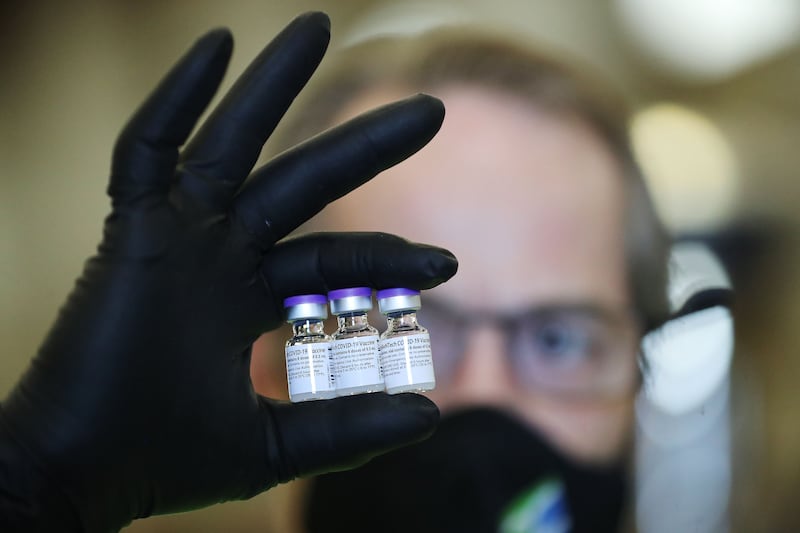The next generation of COVID-19 vaccines may not come as a shot at all. Researchers are currently exploring alternative vaccine delivery methods that do not use traditional intravenous injections, reports Clinical Trials Arena.
- Vaccine patches, or “microneedle patches,” would deliver the vaccine through a small, Band-Aid-like patch, reported NPR.
Vaccine patches have already been developed for the flu and measles by researchers at the Georgia Tech Center for Drug Design, Development and Delivery, said NPR. They could soon be developed for coronavirus vaccines since efforts are underway.
How would COVID-19 vaccine patches work?
Microneedle patches use dozens of water-soluble needles about the size of a human hair, says Unilad. The microneedles dissolve after application, releasing embedded vaccines and providing immunization.
- At this point, no vaccines are currently widely administered through patches, reports Unilad.
- Question remain about the effectiveness of patches, said NPR, and initial studies are encouraging but not conclusive.
Individuals can self-administer the vaccine. According to the CDC per Unilad, “it’s much like putting on a Band-Aid.”
What do vaccine patches feel like? Do they hurt?
Vaccine patches do not hurt. According to Mark Prausnitz at the Center for Drug Design, Development and Delivery, patches feel “like if someone took some Velcro and pressed that firmly against your skin,” per NPR.
- “‘The pain that comes with current subcutaneous injections is bypassed,” said the CDC per Unilad.
Prausnitz described the feeling as a “kind of tingling. So there is a sensation, but it’s a sensation that people don’t find objectionable or painful.”
What are the advantages of vaccines without needles?
Researchers say the main advantages of coronavirus patches involve their ease of delivery. Patches would not require complicated storage or refrigeration, reports Unilad. They could be sent directly to people’s homes and hard-to-reach places.
- One in 10 people have a fear of needles, said Clinical Trials Arena.
Researchers at the University of Connecticut are working on single-application patches that can administer multiple vaccines days or weeks apart with microneedles that dissolve at different rates, reports NPR. Patients would not need to remember their vaccination schedule.
Are there other vaccine alternatives to shots?
Researchers are also exploring vaccine delivery methods that avoid even microneedles. According to Clinical Trials Arena, these possible alternatives include:
- Oral vaccines taken as pills are currently being developed by multiple pharmaceutical and biotech companies in the U.S., reported the Deseret News.
- Intranasal vaccines taken as inhalants through the nasal cavity are being development with at least eight different versions undergoing clinical trials, said Clinical Trials Arena.

